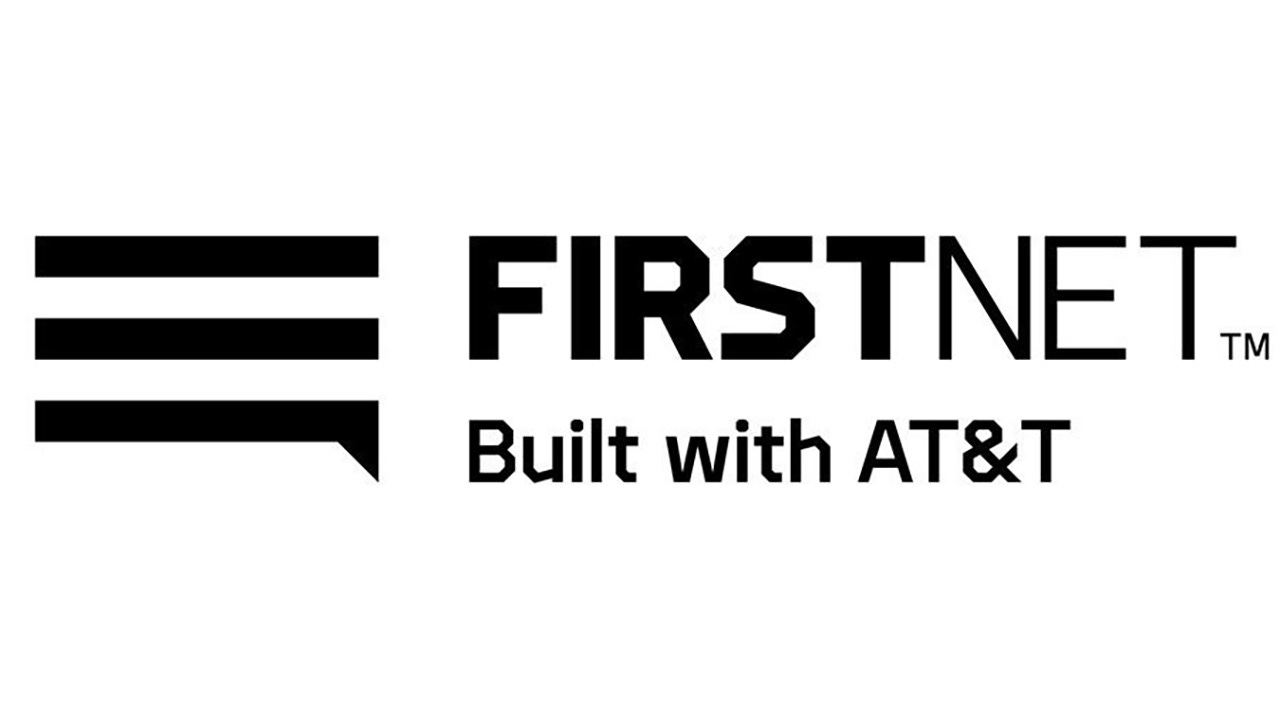U.S. Army contracts with FirstNet to support public-safety personnel at 72 installations

AT&T this week announced that the U.S. Army has selected FirstNet—the nationwide public-safety broadband network (NPSBN) being built by AT&T—to provide communications to public-safety personnel at 72 Army installations in the U.S. and Puerto Rico in a 3-year deal valued at $13 million.
Jill Singer, vice president of defense and national security for AT&T’s Public Sector and FirstNet units, said AT&T officials expect to begin delivering FirstNet devices and services to the U.S. Army installations this month and to complete the process by the end of the years.
“AT&T is very proud to be the provider of FirstNet and very proud to bring the FirstNet capabilities to the Army through this Installation Management Command (IMCOM) acquisition, and we look forward to serving them,” Singer said during an interview with IWCE’s Urgent Communications.
“This procurement was roughly 3,200 initial users, keeping in mind that it is not meant to cover every Army person. It’s really meant for the first responders associated with the Army.”
Col. Kevin Comfort, Command Provost Marshal at the IMCOM headquarters located in Joint Base San Antonio at Fort Sam Houston, Texas, said the FirstNet system is ideal to meet the needs of the police, fire and EMS personnel serving at the Army installations.
“FirstNet is helping us improve vital communications on our installations, depots and arsenals, including during catastrophic disasters or emergencies when communications capabilities are strained,” Comfort said in a prepared statement.
“We’re adopting FirstNet, because it is designed for public-safety professionals with priority, preemption and highly reliable data communications that will improve our overall response and our interoperability with our civilian partners.”
Singer echoed this sentiment.
“Just like your local municipalities, the Army installations around the country have police, fire, EMS and other emergency services,” Singer said. “They will be able to leverage FirstNet, so that they can improve the safety of the people and the workforce they have on the post.
“Just as important, it allows them to have interoperability with the local municipalities that are outside the base. Often, an event that happens on the base or near the base is jointly responded to by the base personnel, as well as local communities’ first responders.”
Indeed, FirstNet is the only qualified provider of all services needed by these personnel at the U.S. Army installations.
“There are no alternatives available to the federal government that comply with all (not some) of the capabilities that are provided in the public-safety broadband network known as FirstNet,” according to a September 2018 document justifying the contract.
Under the task order, AT&T will deliver almost 3,200 FirstNet connections, more than 3,000 devices and more than 700 signal boosters to enhance connectivity inside facilities, according to an AT&T press release. As with all FirstNet subscribers, the U.S. Army also has access to the dedicated FirstNet fleet of 76 deployable SatCOLTs, flying COWs and the FirstNet One blimp to provide LTE coverage where the AT&T terrestrial network is not available.
This U.S. Army contract represents the beginning of a growing trend for FirstNet, according to Singer.
“I would say that, in the lifespan of FirstNet, we’re just getting started,” she said. “I think that you’ll see more and more federal entities—including military entities—using and acquiring FirstNet to support their responders.”
Singer said that AT&T is working with the U.S. Army to determine where coverage may need to be enhanced at the installations, acknowledging that deploying cell sites on and around military sites requires careful planning.
“I would stay that it is still a judicious process to determine what you would do on a military installation, because there are many activities on an Army installation,” Singer said. “You certainly do need to make sure that, if you are bringing in a new tower, it will not disrupt the missions that were happening there.
“I would say that we have good support and cooperation in working with the military, and I’d say that we have mutual interest in making sure that our U.S. military—whether it’s the Army or another branch—has not only FirstNet but other capabilities that they need to be successful. We’ll collaborate with them on where we can improve access to AT&T’s network in response to their mission needs.”




_Michael_Burrell_Alamy[1].jpg?width=700&auto=webp&quality=80&disable=upscale)
